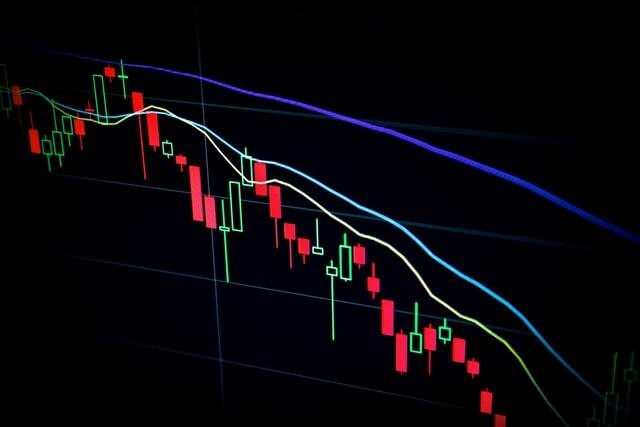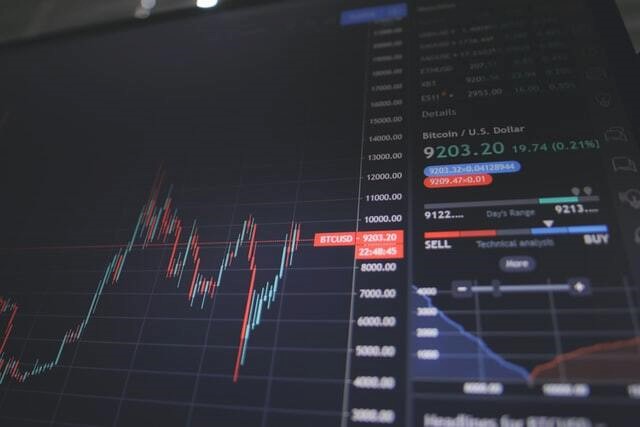Trading futures is all about strategy. Strategy, not just in the sense of which contracts you select, but also the timeframes you want to work on, the fundamentals you research, and the performance data you rely on. All of it is defined by some predetermined ideas you have to bring to the table. The underlying assets that denote a futures contract value are a big driver of the sorts of contracts traders are attracted to. Some will opt for physical commodities like gold or oil, while others might be more inclined to invest in currency or stock futures.

The likelihood of price fluctuations and changes are closely tied to the types of underlying assets beneath the contract, and so understanding those underlying markets relatively well too is commonplace amongst seasoned futures traders. Because speculation is so deeply woven into the fabric of futures, having a strategy in mind is a huge advantage to your skillset. It keeps your focus centered on your expectations rather than being led astray by passing trends or news stories. You can think of your strategy as your north star, it should guide you wherever you want to go.

Playing the Fundamentals
The technicalities of many future strategies betray the reality that the fundamentals of a business will trigger and halt trends just like anything else. They’re a major indicator of performance, and used to great effect by institutional investors, whether they opt to trade CFD, futures contract, or directly in stocks and shares. While fundamentals won’t offer precise price levels, you can use them to figure out whether you want to ‘long’ (hedge in favor of) or ‘short’ (a hedge against) a particular contract. Your technical analysis will help you determine your entry and exit points from there.
Breakout Trading
Day, Swing, and Position trading all reference the style of an individual investor. Day traders typically work in very short cycles, flipping contracts that expire within 24-48 hours. You can go even faster, and try scalping (working to minutes, even seconds between trades), but it’s not recommended for anything close to a beginner. Breakout is a popular day trading strategy.
The aim is to catch the volatility in a market as it begins to trend upwards. This requires some understanding of market patterns, such as the ‘head and shoulders’, where you can catch the rise in price as the volatility just begins to rise. It’s a nuanced and high-intensity practice, and best tested out in practice accounts before leaping in headfirst.

Pulling Back
The Pullback is a really well-known and popular style of futures trading. It’s technical, in the sense that the patterns you’ll be observing are the key to driving your trading decision. Essentially, as a price drops below a support level, it will then rise and then fall again (known as ‘testing the support’). This can happen numerous times. This ‘pullback’ movement is the opportunity to either short the downward spike or they can wait for the price to then rise back to the broken support, upon which they can take a long position on the asset. It’s a shorter-term timeframe usually in which we see this phenomenon occur, and a well-tested theory of how the market patterns will move in response to a drop.
If some of the above sounded confusing to you, it’s important not to be intimidated. The linguistic aspect of futures trading, like all markets, is a skill that is only picked up with practice and exposure. Similarly, your strategy needn’t rely on being as complicated as possible if you’re new to the practice. Rather, learn as you go, practice as much as you can without risking anything, and take time to figure out the type of trader you are. If futures are for you, you should give yourself a chance to figure that out.

